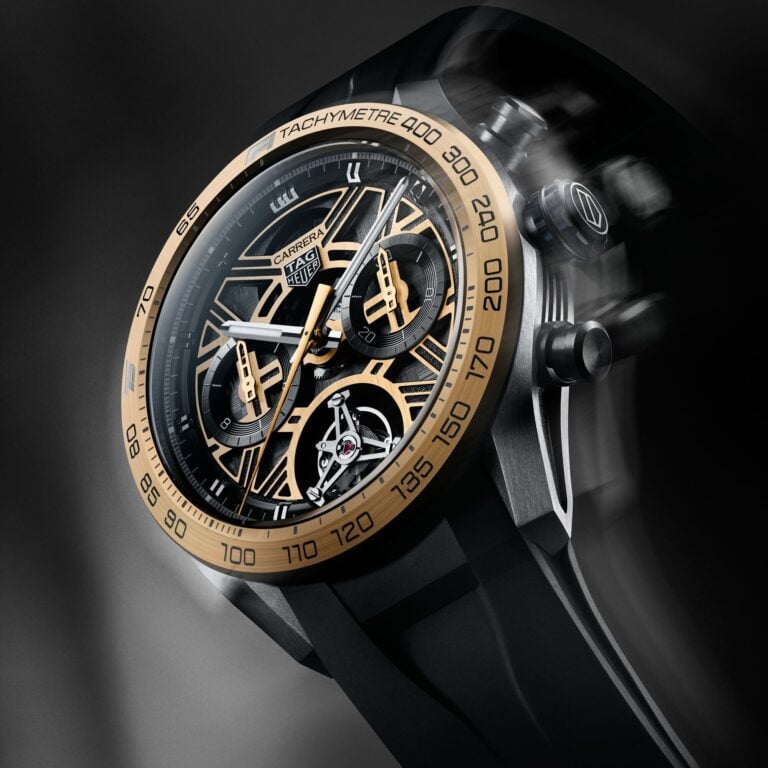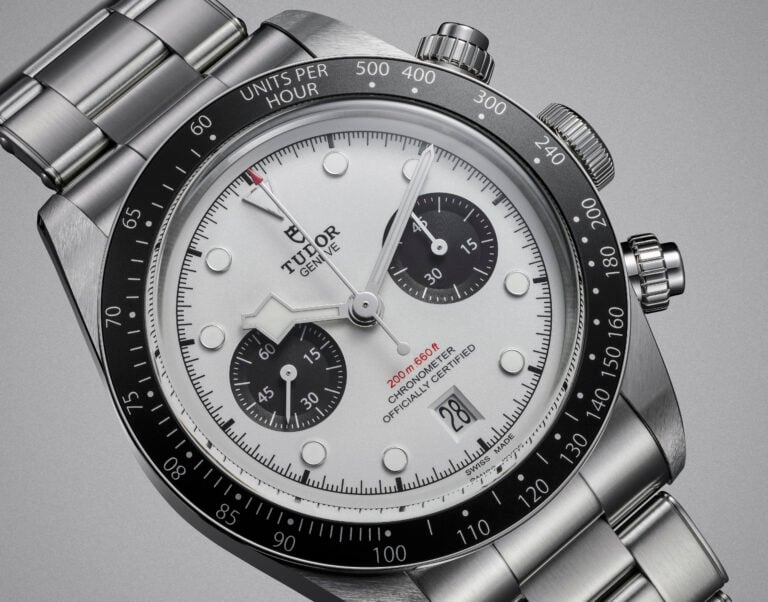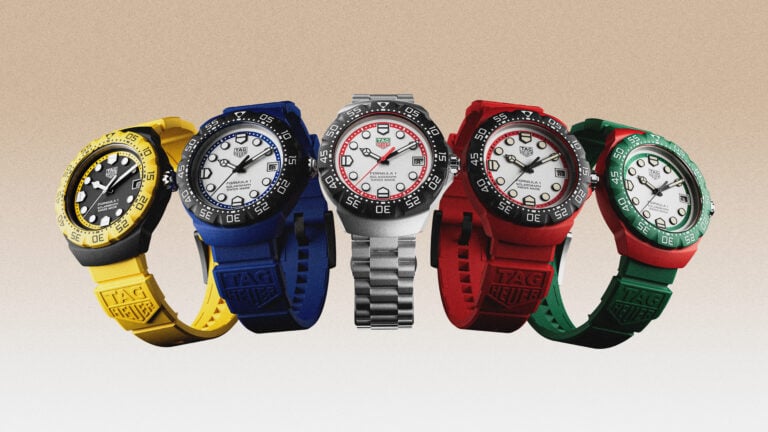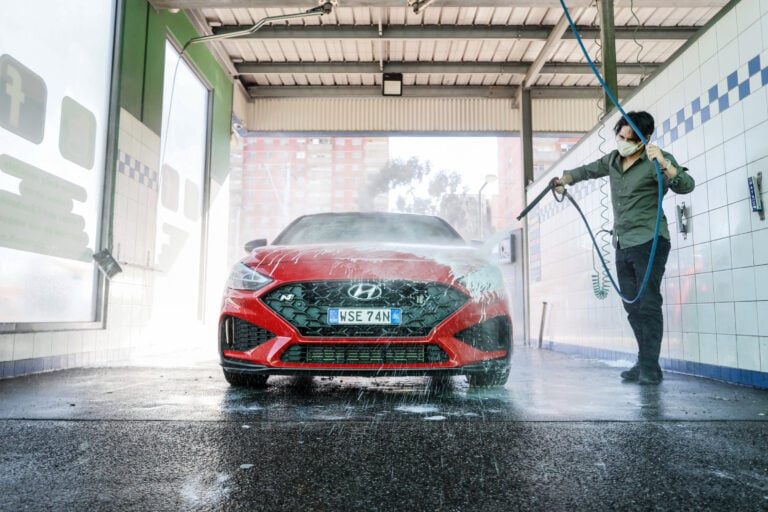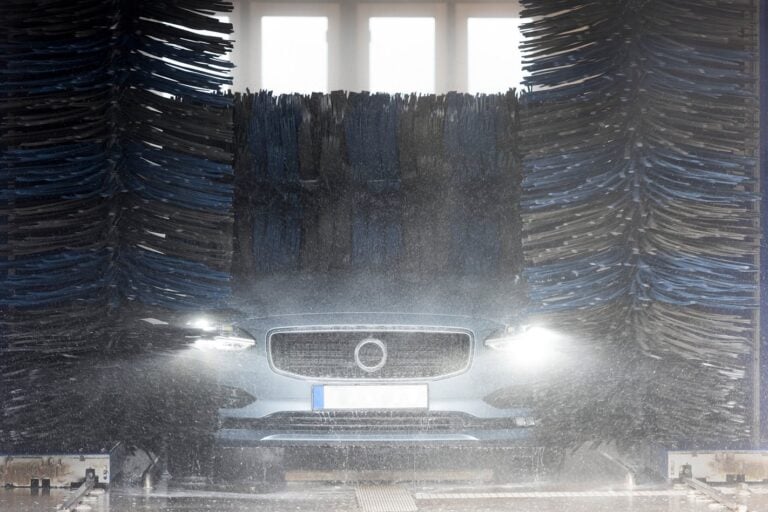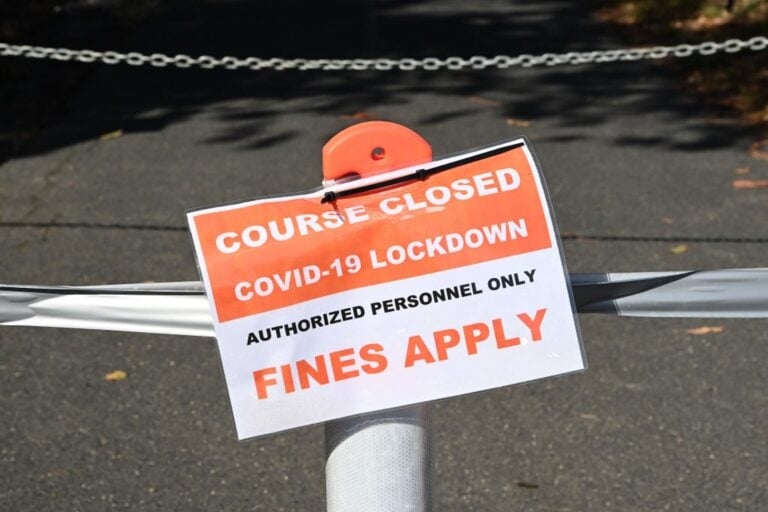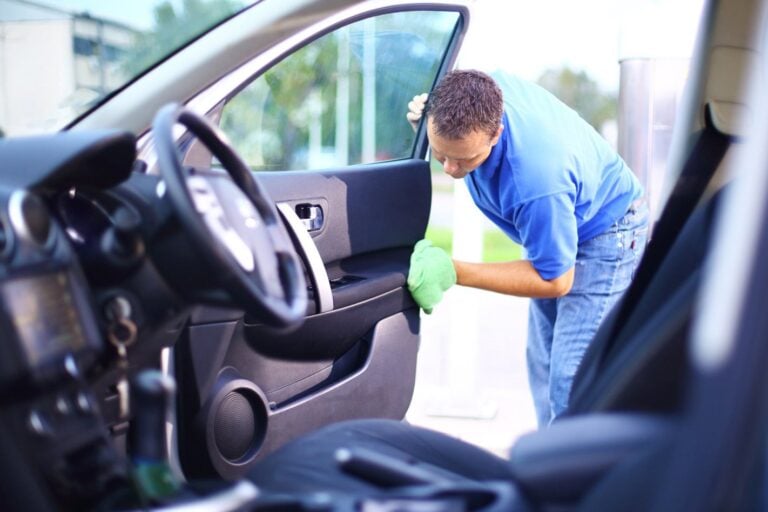Car Gear, Tyres & Accessories
Discover the best car accessories, tyres, and car care products at WhichCar.
Whether you’re upgrading your ride, replacing worn gear, or simply keeping your car in top shape, our expert guides and reviews help you choose with confidence. Find the right products to suit your vehicle, lifestyle, and budget.
Products & Accessories
-
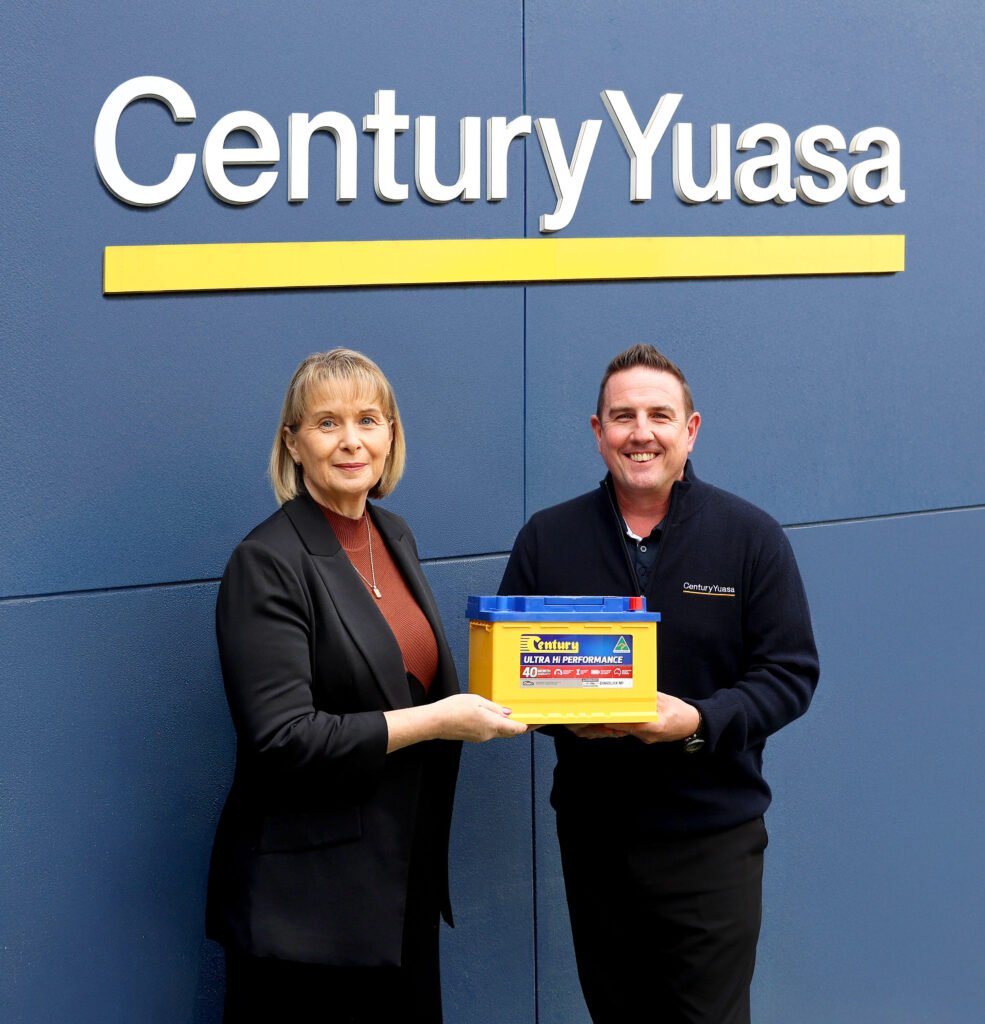 News
NewsCentury Batteries partners with the Australian Road Safety Foundation
Australian Road Safety Foundation (ARSF) named as the official charity partner for the 2025 Century Batteries Ipswich Super 440 at Queensland Raceway in August.
-
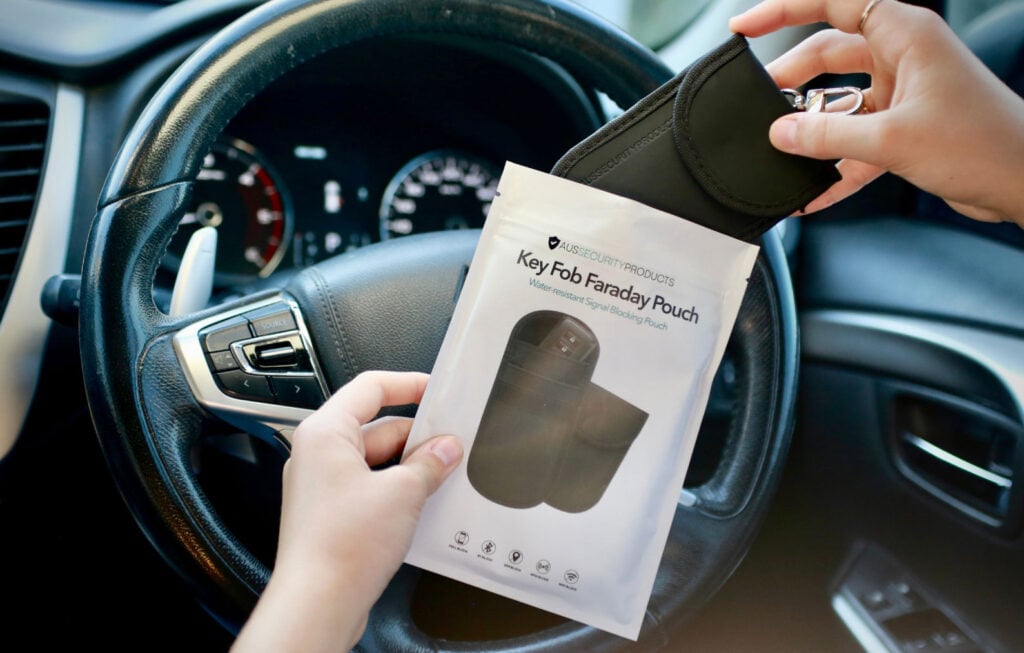 Sponsored
SponsoredStop car thieves with an Aus Security Products Key Fob Faraday Pouch
The keyless convenience that could cost you your car
-
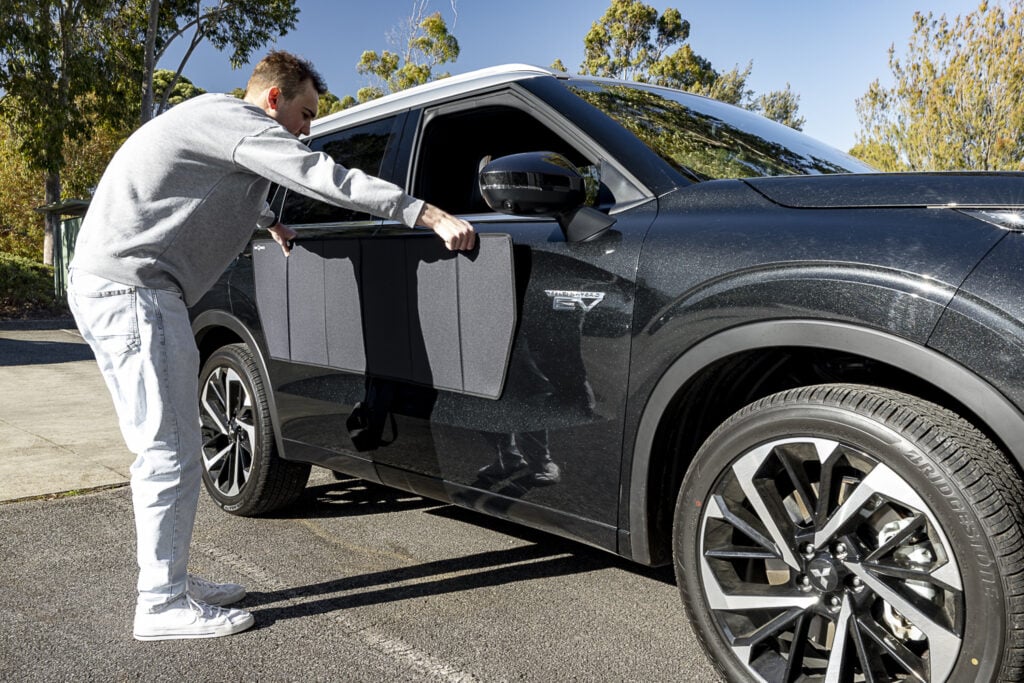 Advice
AdviceProduct review: Dent Guard car protection
Australian company Dent Guard offers a potential solution to dreaded car park dings with its magnetic or suction-cup side panels. Is it worth considering for your car?
-
 News
NewsTesla Model 3 and Model Y get new dash buttons, courtesy of a clever teen
A Norwegian developer aims to address a significant complaint for many owners: the lack of dash buttons
-
 News
NewsDelivery delays see drivers opt to fix and keep their cars
-
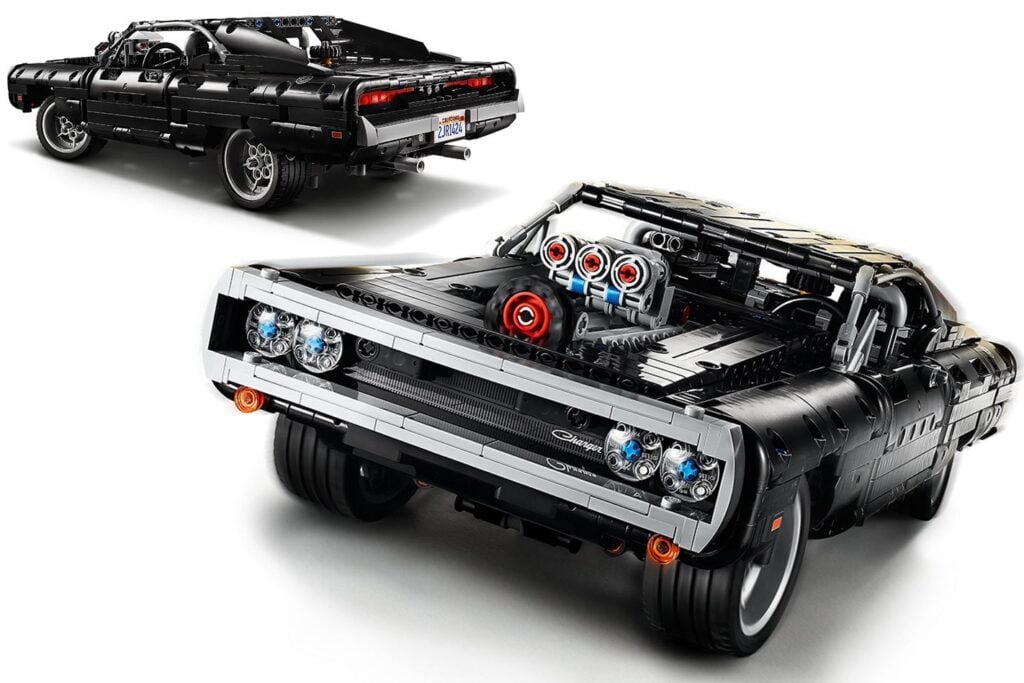 Features
FeaturesCool car things for your iso boredom
-
 Advice
AdviceThe worst-ever car accessories
-
 Advice
AdviceEssential car accessories for dog owners
Tyres
-
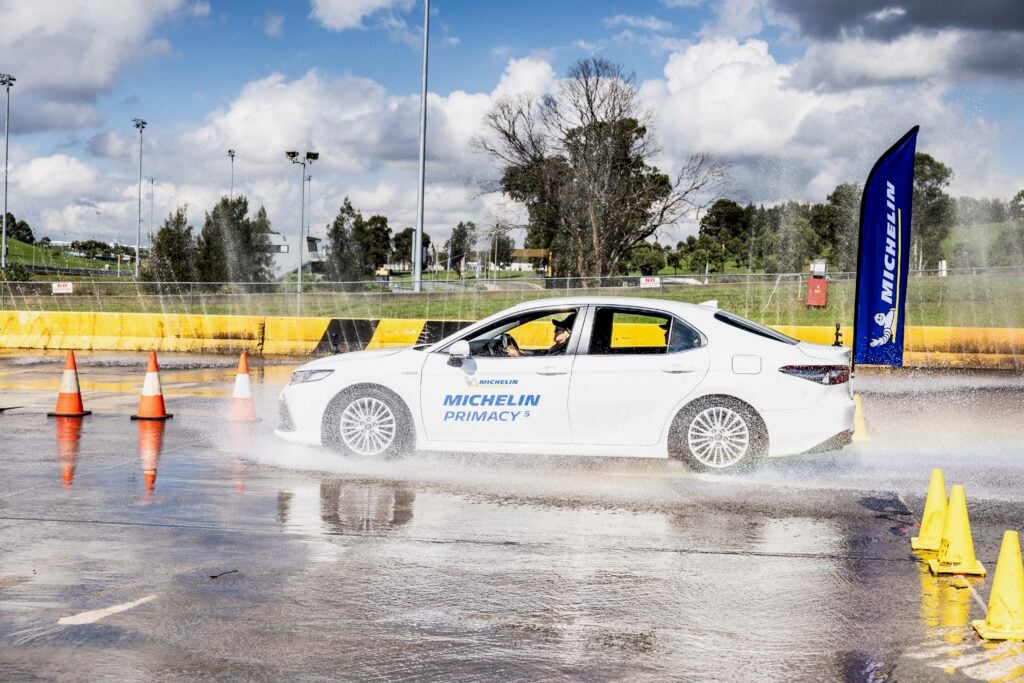 Gear
GearTyre review: Michelin Primacy 5
Michelin’s new Primacy 5 targets everyday and EV drivers, promising longer life, lower noise and better efficiency, with Sydney testing showing clear gains in rolling, wet grip and refinement.
-
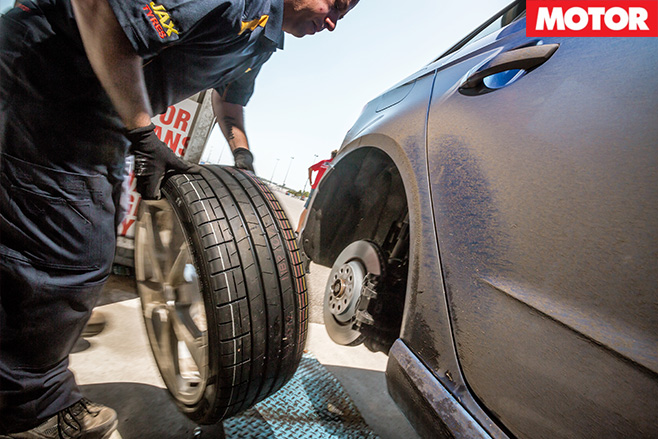 Opinion
OpinionWheels opinion: The lost art of changing a tyre
As potholes rise and spares vanish, more Australians can’t change a flat, writes Paul Gover, turning tyre mishaps into costly delays and exposing a fragility of modern motoring.
-
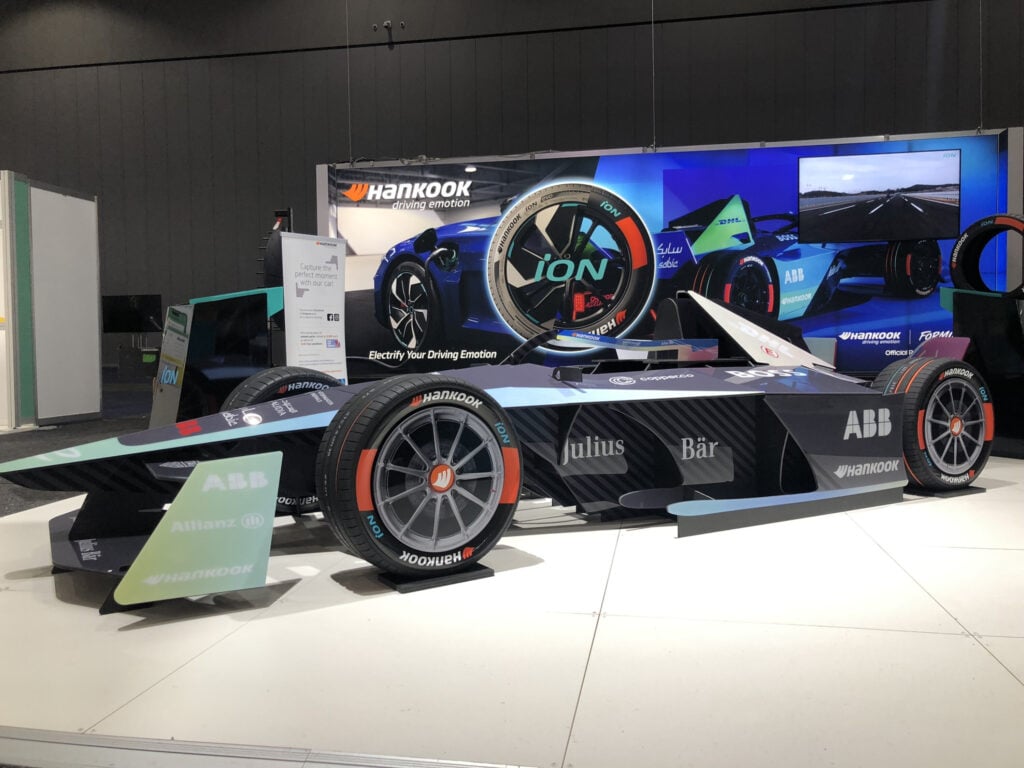 News
NewsFormula E replica racer shows off Hankook’s EV-specific iON tyre
Tyre maker Hankook shows off EV-specific rubber at Melbourne EV show
-
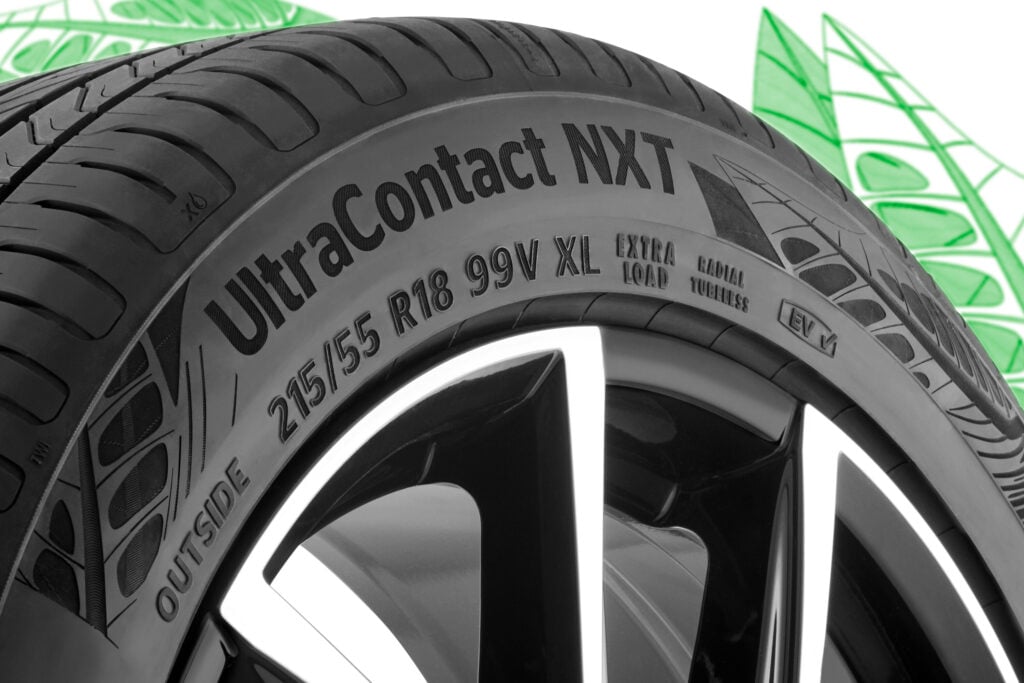 News
NewsContinental introduces UltraContact NXT, its most sustainable tyre to date
With a heavy use of recycled materials, the UltraContact NXT is a low-impact tyre designed for EVs and hybrids
-
 News
NewsContinental SportContact 7 tyres on sale in Australia
-
 Reviews
ReviewsTyre test 2023: Kumho Crugen review
-
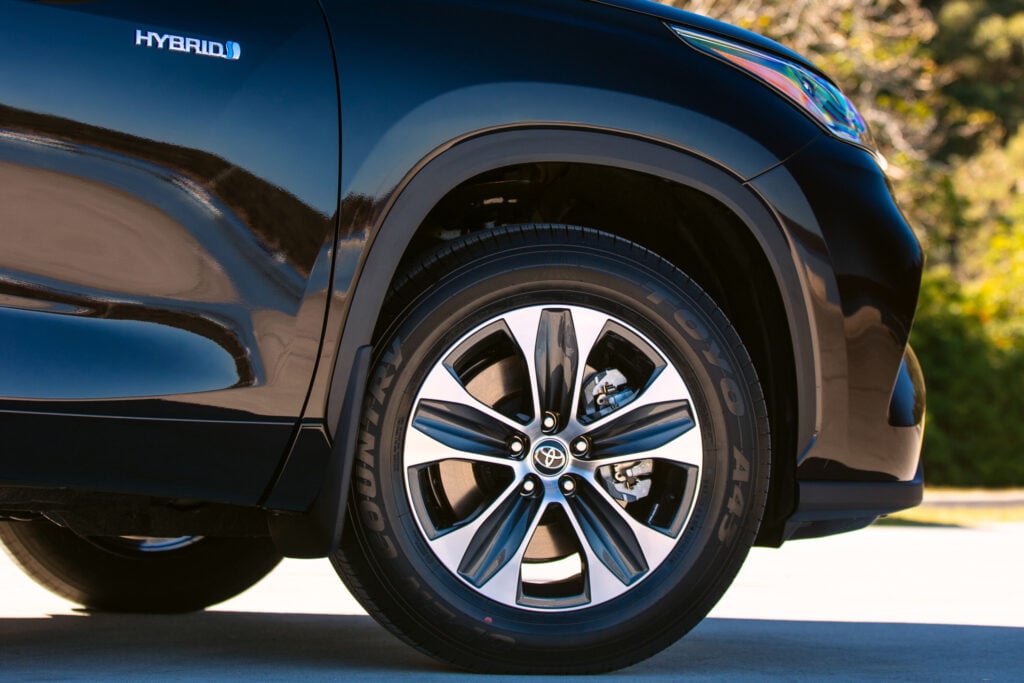 Reviews
ReviewsTyre test 2023: Toyo A43 Open Country review
-
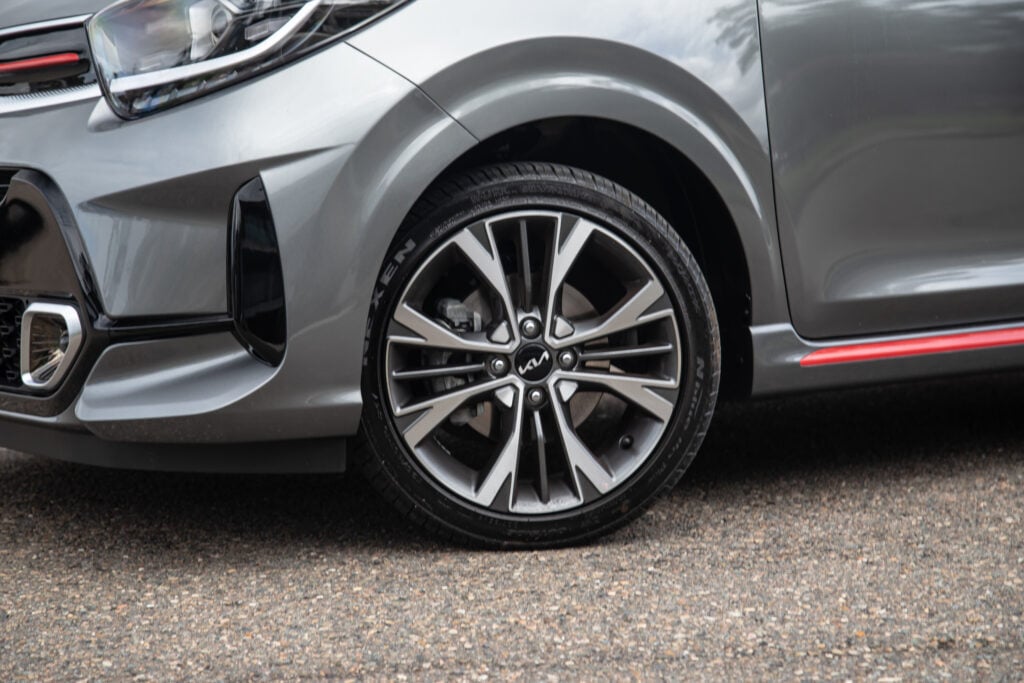 Reviews
ReviewsTyre test 2023: Nexen N Blue HD Plus


